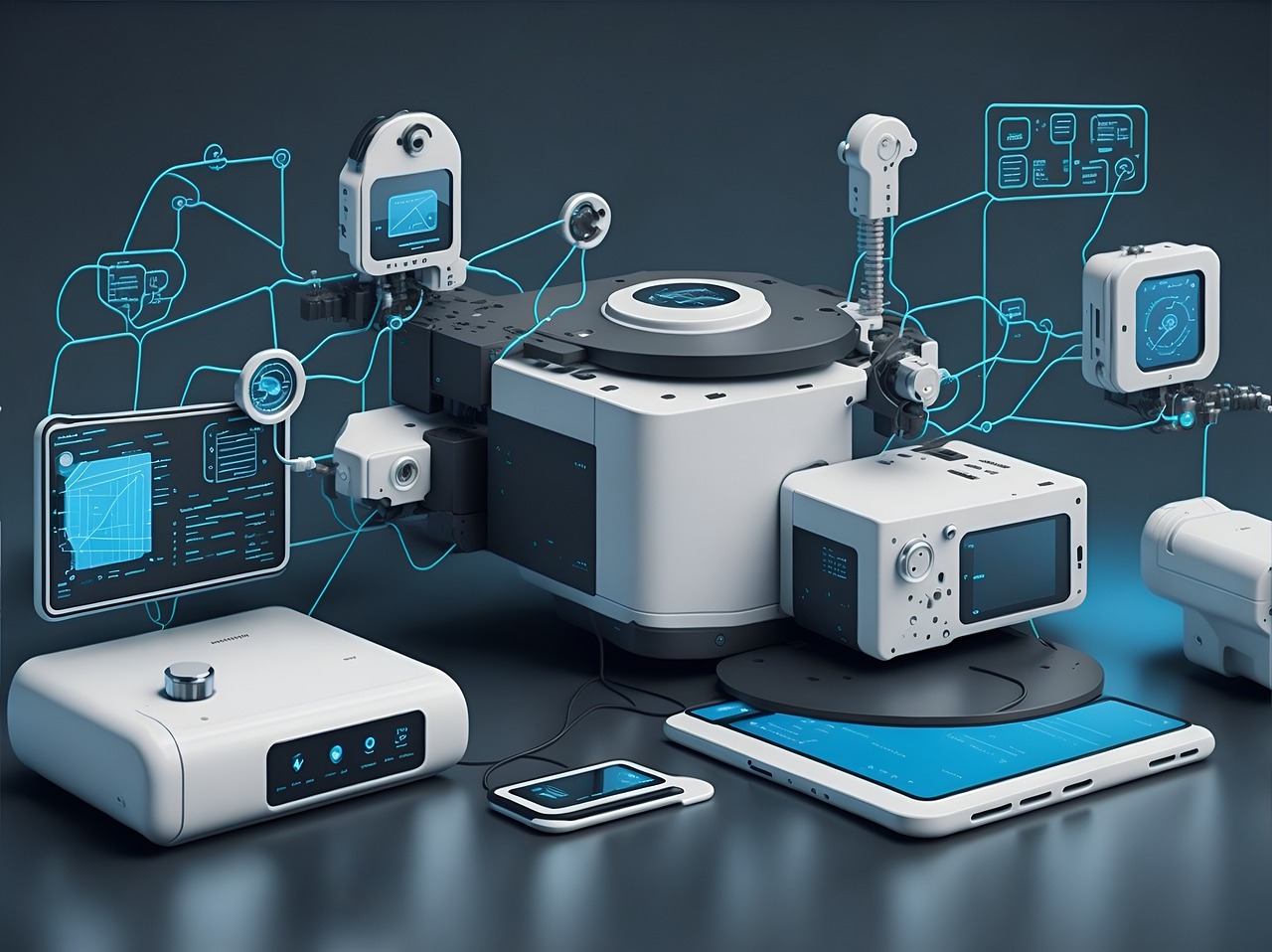Embedded systems are the unsung heroes behind the Internet of Things (IoT). They are the brain and heart of IoT devices, responsible for their smooth functioning. These systems consist of hardware and software components that work together to enable devices to collect, process, and exchange data. They power the sensors that gather information from the environment, process it in real-time, and make informed decisions based on the analysis.
Understanding Embedded Systems
They are specialized computing systems designed to perform specific functions within larger systems. They are typically built into devices and have unique characteristics such as limited resources, real-time processing capabilities, and high reliability. The components of an embedded system include a microprocessor or microcontroller, memory, input/output interfaces, and software. Real-time processing is essential in these systems as they often need to respond to events in real-time. Resource constraints, such as limited power, memory, and processing capabilities, must be carefully managed.
Exploring the Internet of Things
The Internet of Things (IoT) is a network that connects physical objects embedded with sensors, software, and connectivity, allowing them to gather and exchange data. Its core concept revolves around enabling communication and interaction between devices, leading to automation and intelligent decision-making. The scope of IoT applications is vast, spanning across domains such as healthcare, agriculture, transportation, smart cities, and more. Key elements of an IoT ecosystem include sensors to gather data, actuators to initiate actions, connectivity through networks like Wi-Fi or cellular, and cloud computing for data storage and analysis. These elements work together to create a seamless IoT infrastructure with transformative potential.
Role of Embedded Systems in the Internet of Things
Embedded systems play a pivotal role in the Internet of Things (IoT) by serving as the backbone and enabling the seamless integration of physical objects with the digital world. Below, we will discuss some key roles of embedded system and IoT:
1. Sensing and Data Collection:
Embedded systems incorporate sensors to gather data from the surrounding environment. They can detect various parameters such as temperature, humidity, motion, and light. These systems convert analog signals from the sensors into digital data, which can be processed and transmitted for further analysis.
2. Data Processing and Analytics:
They have built-in processors and memory that enable them to process and analyze the collected data locally. They can perform real-time computations, filtering, and data aggregation, allowing for immediate decision-making and response without relying on a central server.
3. Communication and Connectivity:
These systems facilitate connectivity and communication within IoT networks. They integrate wireless communication protocols such as Wi-Fi, Bluetooth, Zigbee, or cellular connectivity to establish connections with other devices, gateways, or cloud-based platforms. Embedded firmware development services enable seamless data exchange and interaction among IoT devices.
4. Control and Actuation:
They are responsible for controlling and actuating physical devices and systems. They can receive commands or trigger actions based on the processed data and transmit signals to actuators, such as motors, switches, or valves, to carry out specific tasks or adjustments in the physical world.
5. Power Efficiency and Resource Management:
Embedded systems are designed to operate with limited resources, such as processing power and energy. They employ techniques like power management and optimization algorithms to maximize energy efficiency and extend battery life in battery-powered IoT devices.
6. Security and Privacy:
Embedded systems play a critical role in ensuring the security and privacy of IoT devices and data. They implement encryption, authentication, and access control mechanisms to protect sensitive information and prevent unauthorized access or tampering.
The Synergy Between Internet of Things and Embedded Systems
Embedded systems play a crucial role as the foundation of IoT devices and applications. These systems are designed to perform specific functions and are integrated into various objects and environments, enabling them to connect and communicate with each other through the IoT. By incorporating sensors, processors, and actuators, they collect and process data, and execute commands to interact with the physical world.
Future Trends
Embedded systems for IoT are continuously evolving, driven by emerging trends and technological advancements. One notable trend is the rise of edge computing, where data processing and analysis occur closer to the devices themselves, reducing latency and improving efficiency. This trend allows real-time processing and decision-making at the edge of the network, enabling faster response times and reducing reliance on cloud-based processing.
Artificial intelligence (AI) is another significant development. AI algorithms can be embedded within devices, enabling them to learn, adapt, and make intelligent decisions autonomously. This empowers IoT devices to analyze complex data patterns, predict outcomes, and provide personalized experiences.
Furthermore, the advent of 5G connectivity holds immense promise for embedded systems in IoT. With its higher bandwidth, lower latency, and greater capacity, 5G enables seamless communication and enhances the performance of IoT devices, allowing for more reliable and efficient data transfer.
Conclusion
In conclusion, embedded systems form the backbone of the Internet of Things, enabling the connection, communication, and intelligence that drive its transformative potential. They facilitate the seamless integration of physical and digital worlds, powering a wide range of IoT applications across industries. Emerging trends such as edge computing, AI integration, and 5G connectivity are poised to unlock even greater capabilities and possibilities for IoT. As we look ahead, it is clear that these systems will continue to shape and revolutionize the future of IoT, driving innovation, efficiency, and improved quality of life for individuals and businesses alike.



